We’re in Phuket Town for a cooking class at Blue Elephant Cooking School. After a wonderful, sensory trip around the market, it’s time for us to roll up our sleeves and get busy in the kitchen.
After a short, but hot, walk back from the market, we are soon sitting in rows (there are about 15 of us) classroom-style, in a nicely air-conditioned demo kitchen. For a second, we are worried that we will only get to watch Molly (our teacher) cook, and not experience the heat of the kitchen ourselves, but those fears are soon allayed. Across a little bridge, is a semi-outdoors kitchen.
But first, Molly walks us through how to make the dishes on the menu (which change daily, by the way, so pick a day based on what you’d like to make). We were there on a Thursday so the meal plan included: Kaeng Phed Ped Yang or Roast Duck in Red Curry, Pla Paow Samoonprai – Grilled Fish with Thai Herbs, Laab Kai – Spicy minced Chicken Salad, and Tom Klong Koong, Spicy and Sour North Eastern Prawn Soup.
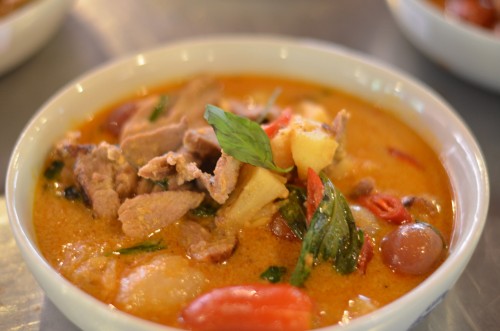
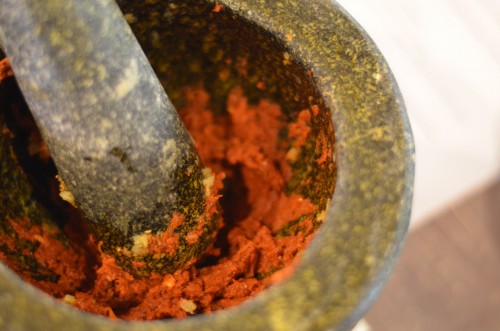
The ingredients of the curry paste include: coriander root (yes the root), garlic, bird’s eye and red chillies, the omnipresent fish sauce, palm sugar, tamarind juice and lime juice. The first four ingredients need to ground in a pestle and mortar, and Monkey is soon invited to help Molly pound them into submission. With the heat of the chilly and the garlic, the sunglasses are worn as eye protection!
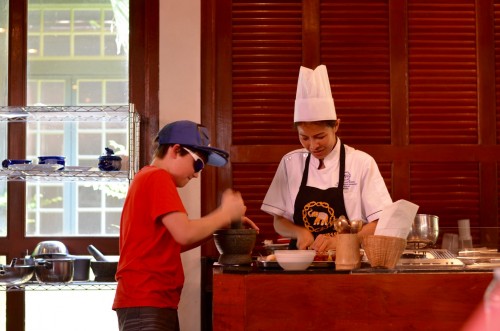
Molly is full of insights and tips. For instance, while, as I learned from Samin Nosrat, that the four key flavors present in any excellent Western dish are salt, fat, acid and a hint of sweet, here in Thailand, that combination is slightly different: salt, sweet, spicy and sour. Although I have to say, there’s rather a bit too much “sweet” or sugar in a lot of Thai dishes for my liking.
Molly also commented that each cook has their own “hand” which impacts their dish. “Some people have a spicy hand, others a sweet one.“
Soon it was our turn to head into the kitchen. Everything was ‘mise en place’ by the ever helpful Blue Elephant staff, so apart from some chopping, a lot of the class involved assembly and tuning our skills at understanding how to extract the flavors from the spices being used. Oft-times this means heating the spices in a dry pan until they start to release their aromas. Molly also ensured we learned how to balance the four key flavors – by constant tasting, of course.
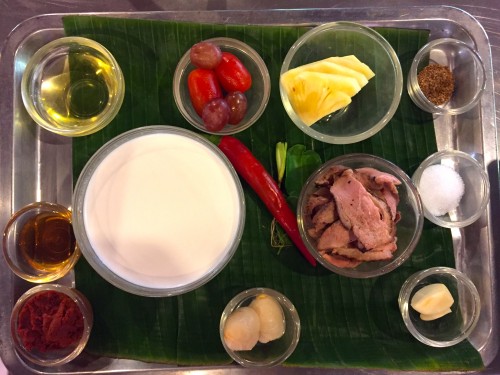
A lot of ingredients in Thai cooking, such as lemongrass and galangal, are not actually eaten. They are there to infuse the dish with flavor, so it can be a good idea to slice them large enough to eat around in the finished dish. There’s nothing worse than an mouthful of woody lemongrass.
With the outside temperatures well in the 90s, and the cooking studio being protected by a roof only, this whole part of the day was super hot. But remembering the old adage if you can’t stand the heat, get out of the kitchen, we stood our ground and completed our dishes.
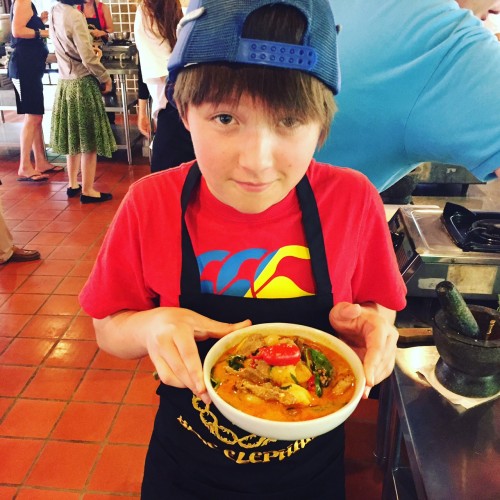
After the hard work was over, we were ushered into the lovely, grand old dining room at the Blue Elephant where our food, carefully labeled and kept warm, was brought out to us. The Thai way of eating is to put everything on the table at once, which can get a little overwhelming as you dip in and out of soup, duck curry, ground chicken and steamed fish. Nevertheless, it was completely delicious and we were soon stuffed to the gills, with plenty of food to take back to our rental house in Kamala.
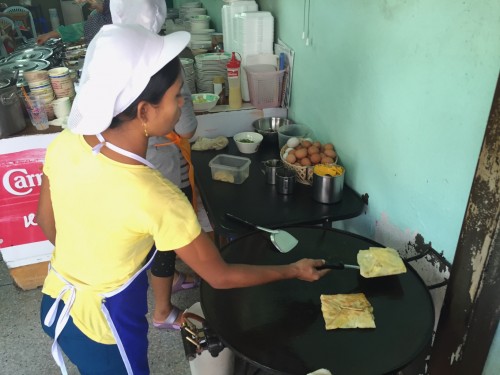
On the way home, we made a quick stop at Soy Romanee, one of the older streets in town, and for Monkey to pick up a roti – the doughy crepes which are served with mostly sweet fillings: from Nutella to bananas with fried eggs. Yep. A strange and unusual combination indeed.
Blue Elephant Cooking School is at: 96 Krabi Road, Tambon Talad Neua, Muang District, Phuket 83000, Thailand
The cost is about $90 USD per person – make reservations in advance through the web site.
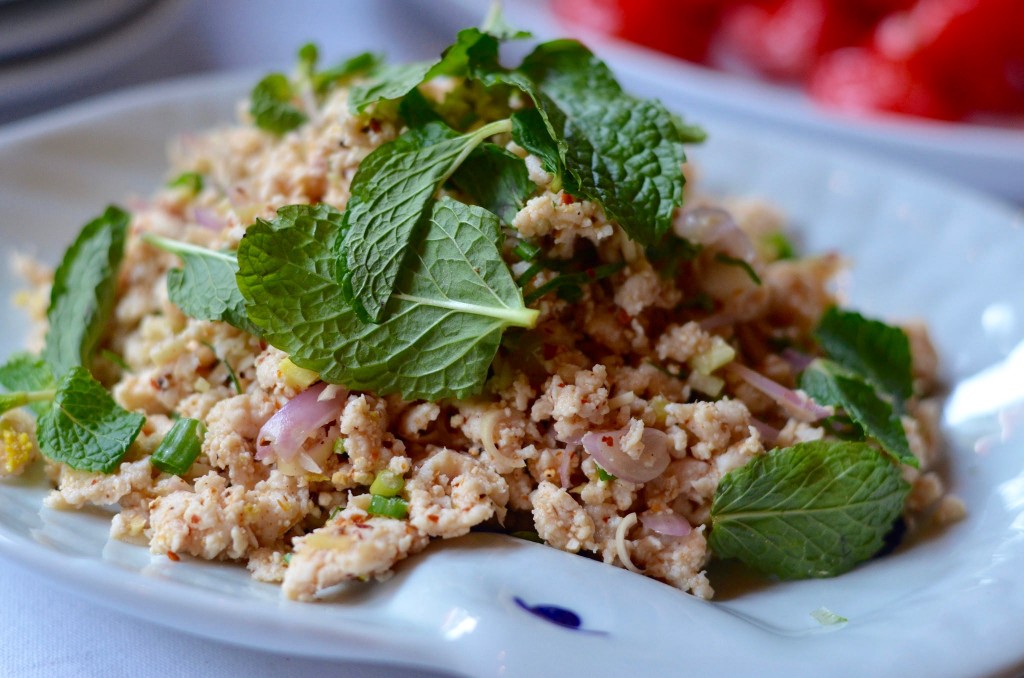

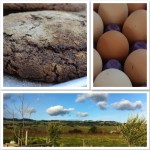
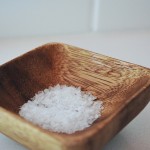
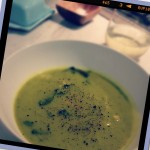
Leave a Reply